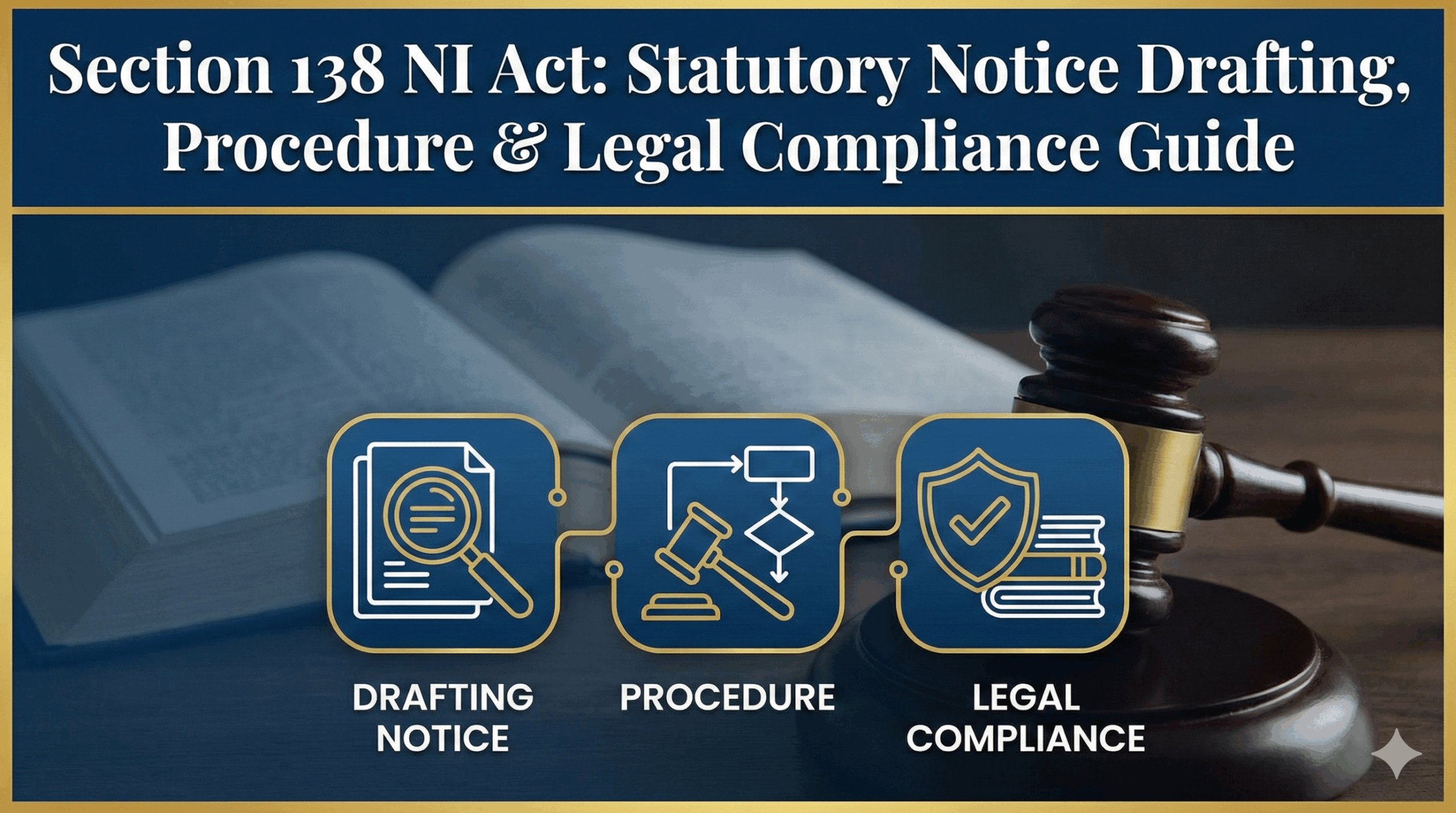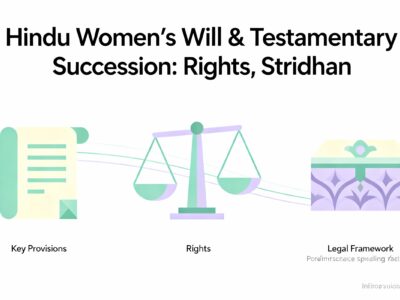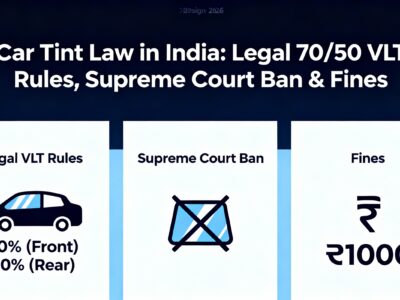In July 2025, Kerala stands at the cusp of a groundbreaking legal transformation with its proposed Dowry Prohibition (Amendment) Bill. Decades after the original 1961 Act failed to stem the tide of dowry harassment, this new bill introduces a radical idea: what if the key to justice is to decriminalize the dowry giver, legally turning a coerced accomplice into a recognized victim?
Spurred by the tragic Vismaya dowry death case that shook the nation’s conscience, this reform aims to dismantle the wall of silence that protects perpetrators. But this is no simple fix. Our comprehensive analysis dissects the bill’s potential to revolutionize reporting, its complex and challenging intersection with the matrimonial cruelty law, IPC Section 498A, and the unintended consequences that could follow.
Join eVaakil.com as we explore whether this is a masterstroke in victim-centric justice or a risky legal gambit, featuring interactive data, stakeholder perspectives, and a deep dive into the future of dowry law in India.
A Legal Revolution or a Risky Gambit?
An in-depth analysis of Kerala's proposed Dowry Prohibition (Amendment) Bill, 2025, and its radical plan to decriminalize the dowry-giver to empower the victim.
In a state celebrated for its high literacy and progressive social indicators, the deep-rooted menace of dowry presents a stark paradox. The existing Dowry Prohibition Act of 1961, while well-intentioned, has largely failed, creating a "legal paradox" that criminalizes the very victims it seeks to protect. Spurred by tragic events and public outcry, the Kerala Law Reforms Commission has proposed a radical overhaul. This isn't just a minor tweak; it's a fundamental re-engineering of justice. But will it work?
The Impetus for Change: A State's Conscience Shocked
The push for this reform wasn't born in a vacuum. It was galvanized by high-profile tragedies that exposed the brutal reality behind the statistics. The death by suicide of Vismaya V. Nair, a 22-year-old medical student, in June 2021 after months of documented dowry harassment, sparked unprecedented public outrage. Her case, and others like it, became powerful symbols of the 1961 Act's failure to protect educated, empowered women, forcing a moment of reckoning and creating the political will for a fundamental change.
Shifting the Burden: From Accomplice to Victim
The 1961 Act: A Legal Paradox
Giver & Taker are BOTH Criminals
This creates a powerful disincentive. A victim's family, fearing self-incrimination and a minimum 5-year prison sentence, is silenced. Reporting the crime means confessing to it.
The 2025 Bill: Victim-Centric Justice
Only the TAKER is a Criminal
By decriminalizing the giver, the bill legally reclassifies them as a victim. This removes the fear of prosecution and empowers families to report dowry demands and abuse.
Deconstructing the Changes
| Provision | Dowry Prohibition Act, 1961 | Kerala Amendment Bill, 2025 (Proposed) |
|---|---|---|
| Penalty (Section 3) | Giver & Taker both face min. 5 years imprisonment. | Only Taker is punished (3-7 years). Giver is decriminalized. |
| Definition of "Dowry" | Property "given or agreed to be given". | Property "taken or demanded". |
| Post-Marital Cruelty | Covered broadly under IPC Section 498A. | New Section 4A specifically penalizes cruelty for non-payment of dowry. |
| Dowry Return (Section 6) | Must be returned to bride within 3 months. | Time limit extended to a more practical 1 year. |
Predicting the Impact: An Interactive Outlook
The bill's core logic is behavioral: change the law, change reporting behavior. But the consequences could be complex. Use the filters below to explore potential trends based on expert analysis.
The Double-Edged Sword: Unintended Consequences
The Economic Bargaining Theory
Economic studies on past anti-dowry laws suggest a troubling pattern: when financial extortion (dowry) is suppressed, non-monetary extortion (violence and control) can rise to take its place as families seek to extract value through other means.
Successful Dowry Suppression
↓
Dowry Payments Decrease
Potential Backlash
↑
Domestic Violence & Control Increases
The Judicial Climate: Navigating Section 498A
The new bill doesn't exist in a vacuum. Its success hinges on its interaction with IPC Section 498A (matrimonial cruelty) and a judiciary that has grown increasingly skeptical of such cases.
The Supreme Court has repeatedly warned against the "growing tendency to append every relative of the husband" based on "vague, omnibus allegations," urging that such cases "must be nipped in the bud."
This has created stringent "filters" that could challenge complaints filed under the new law, potentially leading to a "bifurcated justice" where the dowry transaction is proven but the associated cruelty case is quashed.
The Judicial Funnel
Cases Proceeding to Trial
Perspectives from the Frontlines
Women's Rights Advocacy: A Pragmatic Shift
Advocacy groups see the bill as a pragmatic shift from social norm enforcement to prosecutorial realism. While welcoming stronger penalties for takers, they remain cautious, arguing the focus must stay on robust enforcement and sensitizing the justice system, not just legislative concessions. The fear is that decriminalizing the giver, while practical, could be seen as normalizing the act of giving dowry.
The "Misuse" Narrative: A Call for More Safeguards
Proponents of the "misuse" narrative, including men's rights organizations, will likely see this reform as insufficient. They argue that the bill does little to curb what they perceive as false allegations of cruelty under Section 498A. Their focus remains on demanding further safeguards, such as making cruelty offenses bailable and compoundable—measures that women's rights groups strongly oppose.
Social Reformers: A Necessary but Incomplete Step
Sociologists and reformers view the bill as a necessary but incomplete step. They argue that legal changes alone cannot eradicate a deeply ingrained cultural practice. True change requires a holistic approach: strengthening women's economic and property rights, mandating gender-sensitized pre-marital counseling, and sustained public campaigns to challenge the patriarchal norms that fuel the dowry system.
Conclusion: The Path Forward
The Kerala Amendment Bill is a bold and necessary experiment. It is not a panacea, but a critical first step that creates an opportunity for more effective enforcement. Its success will depend not just on its passage, but on the creation of a supportive ecosystem of judicial, administrative, and social reforms.
For the Legislature
- Pass the bill with a support package.
- Fund and strengthen Dowry Prohibition Officers.
- Mandate pre-marital gender-sensitized counseling.
- Institute a mandatory 5-year review of the law's impact.
For the Judiciary
- Issue clear practice directions to harmonize laws.
- Establish fast-track courts for dowry cases.
- Ensure swift recovery of dowry property to build trust.
For Civil Society
- Provide targeted legal aid for victims.
- Conduct independent monitoring of the law's effects.
- Intensify advocacy for women's property rights.
- Challenge patriarchal norms through public campaigns.









